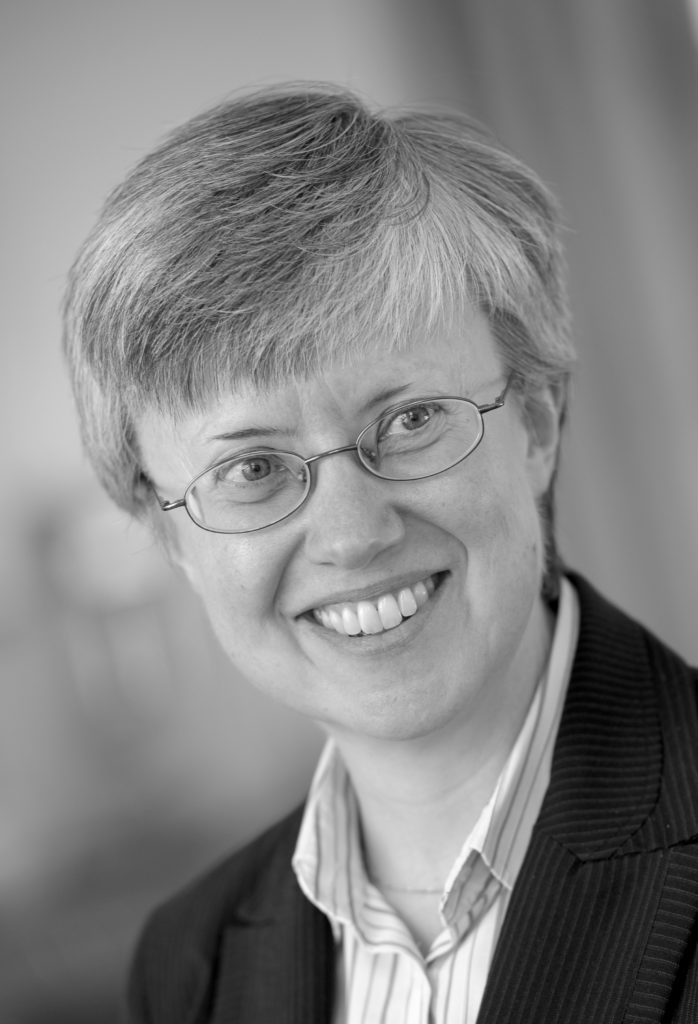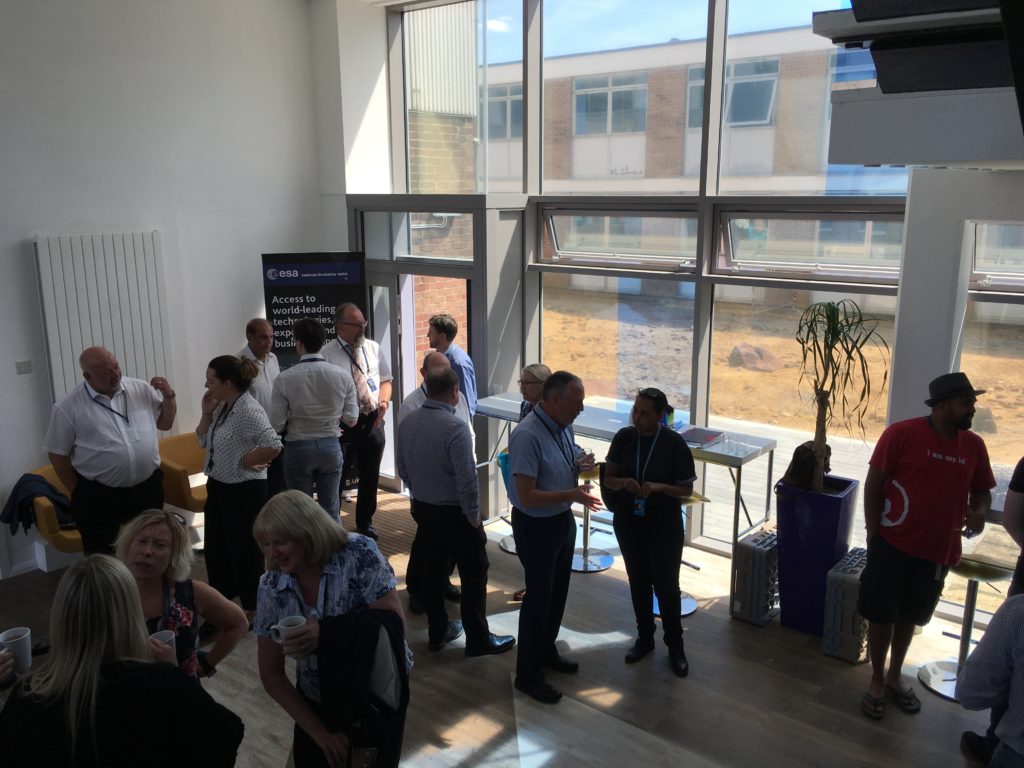How STFC Measures the Impact of its Startup Incubator Programmes with Beauhurst


I love the feeling of having information at my fingertips and the knowledge that I can get what I need. If you need timely and comprehensive information about early-stage high-tech startups, you should be looking at Beauhurst.
Sue O'Hare, Operations Manager
- Industry
Government Agency
- Location
North Star Avenue, Swindon, SN2 1SZ
- Employees
The Science and Technology Facilities Council help UK Research and Innovation to build a globally competitive, knowledge based economy in the UK. They do this by providing universities and academic communities with access to world-leading, large-scale facilities across a range of physical and life sciences.
STFC also aims to bridge the gap between their pioneering science and business by enabling business access to big science facilities. In addition to this, STFC supports start-up companies through business incubation programmes, offering them the right access to facilities, expertise and networks to grow.
Sue is the Operations Manager of the European Space Agency Business Incubation Centre, a programme which supports early-stage space tech startups to innovate and scale. She’s been using Beauhurst for the past two years to measure the success of the incubator, and keep track of its alumni.
The challenge
When I joined STFC in 2016 there was a lot of debate about whether its business incubation programmes were worthwhile. The problem was that very little data was available on the performance of the companies that had been incubated. Sometimes companies would proactively let us know how they were getting on, or people would happen to find news items about them. This made it difficult to justify the investment of public money in business incubation, because the impact was unknown.
As a result of this, the perception of the programmes was often neutral or even negative. I was recruited to manage one of the programmes – the European Space Agency Business Incubation Centre United Kingdom, or ESA BIC – and I decided to attack the problem by systematically gathering data on ESA BIC incubatee and alumni companies and reporting it as widely as possible.
"Every Monday we receive tailored emails which summarise all the latest developments in the sectors and companies we’re interested in."
Sue O'Hare, Operations Manager
How they use Beauhurst to identify high-potential companies looking to raise finance
The ability to create very specific custom searches on almost any company characteristic lets me target businesses with a really high level of granularity. The company profile pages are easily navigable and allow us to understand the company really quickly – detailed and reliable information on fundraisings is particularly useful for us.
When we go on to meet these prospects, I always make sure I have their profile up in front of me so I have all their details and available financials to hand.

How Beauhurst allows Sue to measure the success of the incubator programme
The barometer of growth I most often use is the amount and number of investments that our companies have gone on to raise. I have our 70+ alumni companies organised in a Collection, and can easily see a live chart of all the fundraisings they’ve secured in their lifetime. I have this permanently open on my second screen, so that I can quickly check whether any of the companies have completed a deal or has hit the news. I use these events as a trigger to reach out to them and get an update – and I report on them every month both internally and to our funders.
The other feature which is particularly useful is not even a feature of the tools, it is the sheer knowledgeability and helpfulness of the Beauhurst staff. It always brightens up my day to interact with them.
The results of using Beauhurst
Beauhurst data helped us prove our impact and win support from stakeholders
The first statistics about the performance of our companies that I produced using Beauhurst had a huge impact, both within STFC and more widely with our stakeholders and others including investors. They were really the catalyst for the sentiment about our incubation programmes to turn more positive. It was interesting that another part of STFC and one of our collaborators both started exploring how they could generate similar statistics, and both turned to Beauhurst.
Another rather gratifying effect is that our UK branch of the ESA programme of 20 incubators across Europe is the one which has best been able to demonstrate its economic impact. In fact I was described as the “queen of data” in one of our meetings!